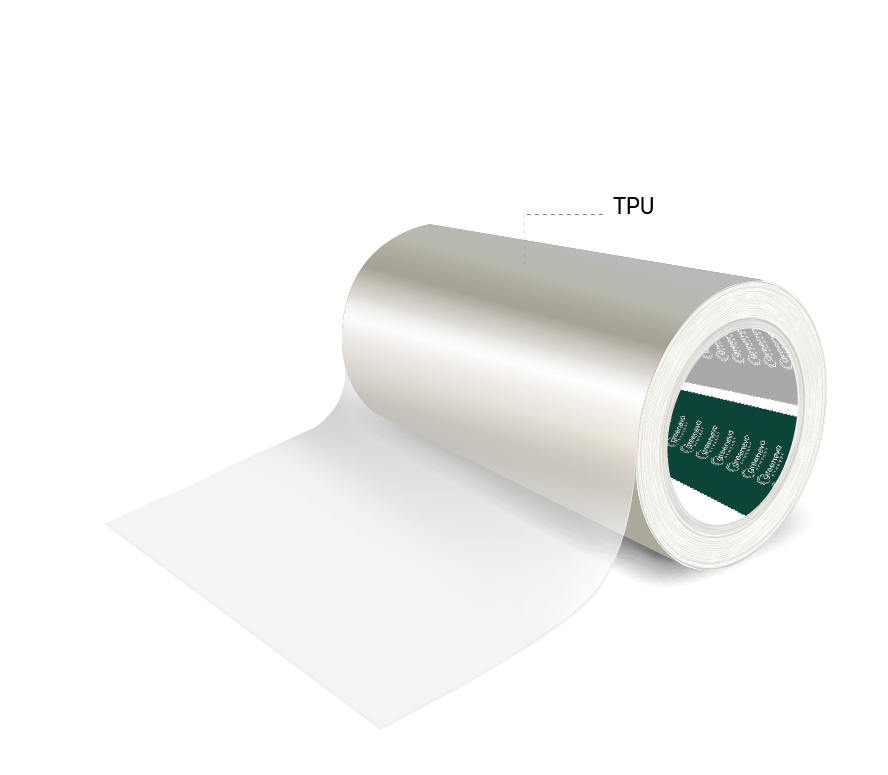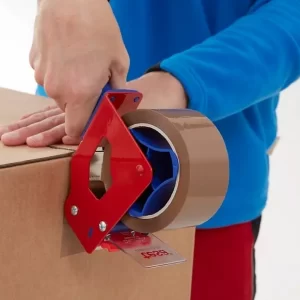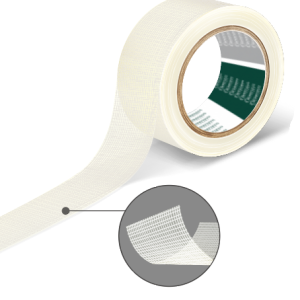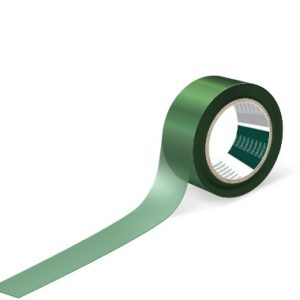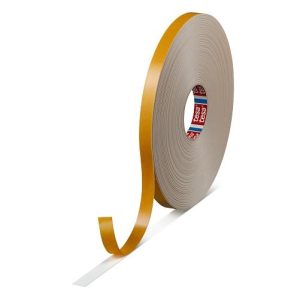Description
| Premium | Armor Gold | Strong resistance to water spots, moisture, humidity, rainy season countermeasures, improvement of various functional coefficients, top luxury cars, daily commuting, extreme driving. |
| Armor Red | Ultra-high translucent, UV-resistant, and non-yellowing, strong self-healing power, high stretch, sufficient thickness and protection, high stain resistance and high-water repellence. | |
| Basic | Armor Black | Cost-effective flagship model which you can experience the quality of imports paint protection film with affordable price. |
| Armor Matt | New matt texture, retain the original paint colour, fingerprints, and stains resistant, elegant style. | |
| Economy | GS-PPF | Virtually invisible layer that protects your vehicle’s paint from everyday damage including scuffs, scratches, chips and more |



